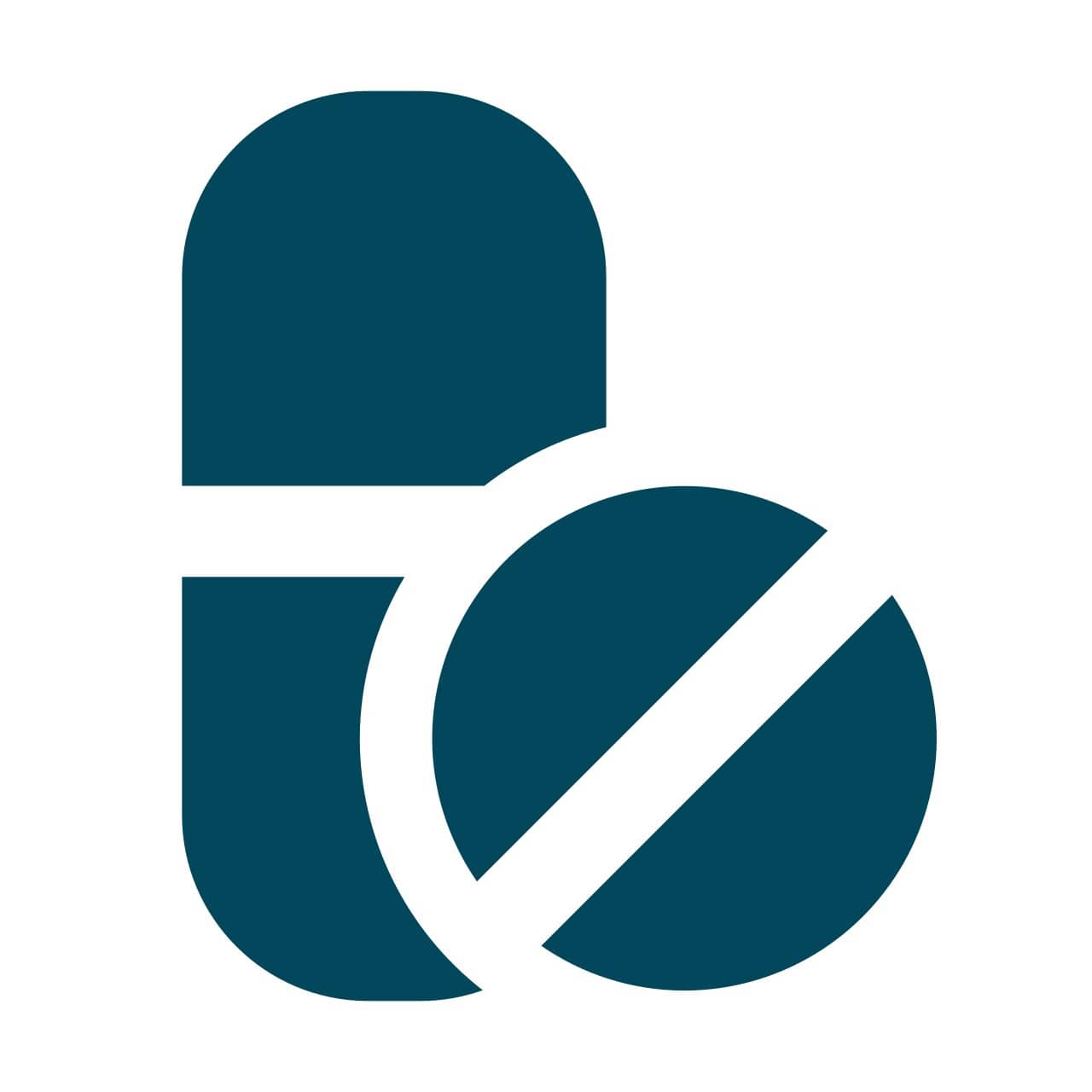Thiocolchicoside+aceclofenac+paracetamol
About Thiocolchicoside+aceclofenac+paracetamol
Thiocolchicoside+aceclofenac+paracetamol is a combination medicine used to relieve pain and inflammation associated with osteoarthritis, rheumatoid arthritis, ankylosing spondylitis, muscle pain, bone and joint pain. Pain is a symptom triggered by the nervous system, causing uncomfortable sensations in the body. Muscle spasm is the sudden involuntary contractions of the muscle, which can be painful and uncomfortable. Arthritis is tenderness and swelling in the joints.
Thiocolchicoside+aceclofenac+paracetamol contains Thiocolchicoside (muscle relaxant), Aceclofenac (NSAID), and Paracetamol (Analgesic). Thiocolchicoside works on the centers of the spinal cord and brain. This helps relieve muscle stiffness and improves muscle movements. Aceclofenac and Paracetamol work by blocking the effect of chemical messengers that cause pain and inflammation. Together, Thiocolchicoside+aceclofenac+paracetamol helps in relieving pain due to muscle spasms.
You are advised to take Thiocolchicoside+aceclofenac+paracetamol for as long as your doctor has prescribed it for you depending on your medical condition. In some cases, you may experience certain common side-effects such as nausea, vomiting, stomach pain, loss of appetite, heartburn, and diarrhoea. Most of these side-effects do not require medical attention and will resolve gradually over time. However, you are advised to talk to your doctor if you experience these side-effects persistently.
Consult your doctor if you are pregnant or breastfeeding. Thiocolchicoside+aceclofenac+paracetamol may cause drowsiness and dizziness, so drive with caution. Thiocolchicoside+aceclofenac+paracetamol should not be given to children as safety and efficacy have not been established. Avoid consuming alcohol with Thiocolchicoside+aceclofenac+paracetamol as it could lead to increased drowsiness and dizziness; it might also increase the risk of stomach bleeding. Keep your doctor informed about your health condition and medicines to rule out any side-effects/interactions.
Uses of Thiocolchicoside+aceclofenac+paracetamol
Medicinal Benefits
Thiocolchicoside+aceclofenac+paracetamol is a combination of three drugs, namely: Thiocolchicoside, Aceclofenac, and Paracetamol. Thiocolchicoside+aceclofenac+paracetamol is used to relieve pain and inflammation associated with osteoarthritis, rheumatoid arthritis, ankylosing spondylitis, muscle pain, bone and joint pain. Thiocolchicoside+aceclofenac+paracetamol increases the pain threshold and blood flow across the skin. Thiocolchicoside is a muscle relaxant which works on the centres of the spinal cord and brain. This helps relieve muscle stiffness and improves muscle movements. Aceclofenac and Paracetamol are analgesics that block the effect of a chemical messenger known as cyclo-oxygenase (COX) enzymes that make another chemical, prostaglandins. These prostaglandins are produced at injury sites and cause pain and swelling. By blocking COX enzymes' effect, lesser prostaglandins are produced, which reduces mild to moderate pain and inflammation at the injured or damaged site. Together, Thiocolchicoside+aceclofenac+paracetamol helps in relieving pain due to muscle spasms.
Directions for Use
Storage
Side Effects of Thiocolchicoside+aceclofenac+paracetamol
- Nausea
- Vomiting
- Stomach pain
- Diarrhoea
- Loss of appetite
- Heartburn
Patients Concern
Disease/Condition Glossary
Pain: Pain is a symptom triggered by the nervous system, causing uncomfortable sensations in the body. Pain may be dull or sharp; it might be constant or may come and go. The tolerance level of pain might vary from person to person. Pain can be generalised (overall body aches) or localised (affecting a specific area of the body). The common causes of pain include headache, muscle strain, cramps, cuts, bone fractures, and arthritis.
Osteoarthritis: It is a joint disease in which the two ends of the joints come together due to the breakdown of a protective covering called cartilage. Due to the absence of this protective covering, the joints rub against each other, leading to pain and stiffness. Symptoms include pain, stiffness, inflammation and tenderness.
Rheumatoid arthritis: It is an auto-immune disease (the body's immune system attacks its tissue), leading to joint pain and damage. Symptoms of rheumatoid arthritis include pain, swelling, stiffness, deformities and loss of joint function.
Ankylosing spondylitis: It causes pain and stiffness in the spine. The pain generally starts in the lower back and can spread to the neck, damaged joints, or other body parts. Ankylosing spondylitis includes decreased flexibility which usually leads to a hunched-forward posture, pain in the back and joints.
FAQs
Thiocolchicoside+aceclofenac+paracetamol contains Thiocolchicoside, Aceclofenac, and Paracetamol. Thiocolchicoside works on the centres of the spinal cord and brain. This helps relieve muscle stiffness and improves muscle movements. Aceclofenac and Paracetamol work by blocking the chemical messengers that cause pain and inflammation at the injured or damaged site.
Thiocolchicoside+aceclofenac+paracetamol is used to reduce and relieve pain and inflammation associated with osteoarthritis, rheumatoid arthritis, and ankylosing spondylitis. Arthritis is tenderness and swelling in the joints.
Diarrhoea might be a side-effect of Thiocolchicoside+aceclofenac+paracetamol. Drink enough fluids and eat non-spicy food if you experience diarrhoea. If you find blood in stools (tarry stools) or experience severe diarrhoea consult your doctor. Do not take anti-diarrheal medicine on your own.
Thiocolchicoside+aceclofenac+paracetamol should not be taken for longer durations unless prescribed by the doctor. If Thiocolchicoside+aceclofenac+paracetamol has been prescribed for longer durations, regular monitoring of kidney function, liver function, and blood count is advised, particularly in elderly patients.
Thiocolchicoside+aceclofenac+paracetamol may cause abnormal chromosome numbers in the sperm cells, which might damage sperm. This might cause problems with male fertility. Consult your doctor before taking Thiocolchicoside+aceclofenac+paracetamol if you plan to become a father.
Dry mouth could be a side-effect of Thiocolchicoside+aceclofenac+paracetamol. Limiting caffeine intake, avoiding smoking and mouthwashes containing alcohol, drinking water regularly, and chewing sugar-free gum/candy might stimulate saliva and prevent drying of mouth.








